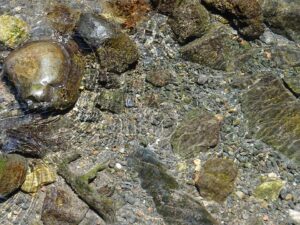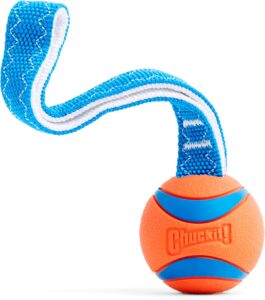
Creating the perfect habitat for your exotic reptile is crucial for their health, well-being, and longevity. Reptiles, being ectothermic animals, depend on their environment to regulate their body temperature. Providing the right conditions not only ensures their survival but also allows them to thrive. This guide will walk you through everything you need to know about setting up the ultimate reptile terrarium.
Understanding Your Reptile’s Needs
Before diving into the setup, it’s essential to understand the specific needs of your reptile species. Each species has unique requirements in terms of temperature, humidity, lighting, and space. Research your pet’s natural habitat to replicate those conditions as closely as possible. This understanding forms the foundation of a successful terrarium setup.
Temperature and Humidity
Temperature and humidity play a critical role in the health of reptiles. Most reptiles require a temperature gradient within their terrarium to allow them to thermoregulate by moving between warmer and cooler areas.
– **Temperature**: Use a combination of heat lamps, ceramic heaters, or under-tank heaters to create a basking spot and a cooler area. Invest in a reliable thermostat to maintain consistent temperatures.
– **Humidity**: Some reptiles require high humidity, while others thrive in dry environments. Use hygrometers to monitor humidity levels and adjust using misting systems, water bowls, or substrate choices.
Lighting
Proper lighting is vital for reptiles, especially those that require UVB radiation for calcium absorption and bone health.
– **UVB Lighting**: Choose UVB bulbs that suit your reptile’s needs. For example, desert-dwelling reptiles often need stronger UVB exposure than forest species.
– **Photoperiod**: Mimic the natural daylight cycle of your reptile’s habitat by providing 10-12 hours of light per day.
Space and Enclosure Type
The size and type of enclosure are determined by the size and behavior of your reptile.
– **Enclosure Size**: As a general rule, the enclosure should be at least twice the length of the reptile. Larger species or those that are active require more space.
– **Enclosure Type**: Choose from glass tanks, wooden vivariums, or custom-built enclosures. Consider ventilation, durability, and ease of cleaning.
Selecting the Right Substrate
The substrate is not just about aesthetics; it plays a role in humidity, comfort, and safety.
Types of Substrates
– **Sand**: Suitable for desert species, but ensure it’s calcium-based to prevent impaction if ingested.
– **Coconut Fiber**: Great for maintaining humidity and suitable for many tropical species.
– **Reptile Carpet**: Easy to clean and suitable for a variety of reptiles, but it offers no humidity control.
– **Paper Towels**: Ideal for quarantine or young reptiles due to their cleanliness and ease of monitoring waste.
Substrate Safety
Avoid substrates that can cause impaction or harbor mold and bacteria. Ensure that the substrate is appropriate for the species and is replaced or cleaned regularly.
Creating the Perfect Environment
Decor and Enrichment
The decor isn’t just for looks; it provides mental stimulation and physical exercise.
– **Hides**: Offer multiple hides in different temperature zones for security.
– **Climbing Structures**: Essential for arboreal species. Use branches, vines, and ledges.
– **Water Features**: Some reptiles enjoy swimming, so consider shallow water dishes or small pools.
– **Plants**: Real or artificial plants can provide cover and enhance the natural feel of the terrarium.
Maintaining Cleanliness
Regular cleaning prevents the build-up of harmful bacteria and parasites.
– **Daily Maintenance**: Remove uneaten food and feces.
– **Weekly Cleaning**: Replace or clean the substrate, wash decor, and clean water bowls.
– **Monthly Deep Clean**: Disinfect the entire enclosure with reptile-safe cleaning products.
Monitoring and Adjustments
Regularly observe your reptile and their environment to ensure everything functions correctly.
– **Behavioral Signs**: Look for signs of stress, such as excessive hiding, lack of appetite, or unusual aggression.
– **Environmental Monitoring**: Use thermometers and hygrometers to keep track of conditions.
– **Adjustments**: Be prepared to make changes in lighting, heating, or decor based on seasonal changes or observed needs.
Conclusion
Creating the ultimate terrarium for your reptile involves careful planning and understanding of your pet’s natural habitat. By paying attention to temperature, humidity, lighting, and space, and by choosing the right substrates and decor, you can provide an environment where your reptile can thrive. Regular monitoring and maintenance ensure a happy and healthy pet. With the right setup, your exotic reptile will not only survive but flourish under your care.
“`
#ChatGPT assisted in the creation of this article.








